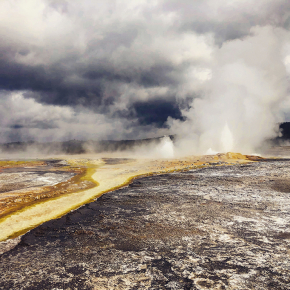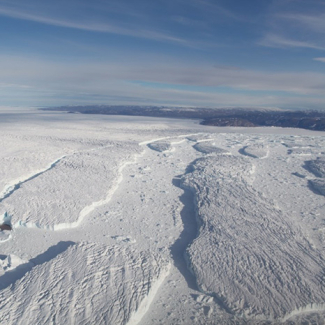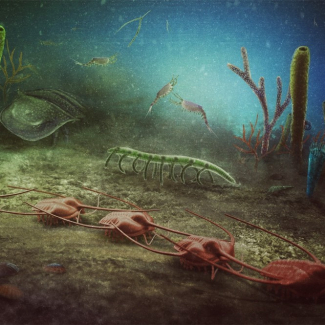
A new tool to predict volcanic eruptions
Earth’s atmosphere is made up of 78% nitrogen and 21% oxygen, a mixture that is unique in the Solar System1 . The oxygen was produced by some of the first living organisms. But where did the nitrogen come from? Did it escape from Earth’s mantle through volcanic activity? To try to answer these questions, Jabrane Labidi, a CNRS researcher at the Institut de Physique du Globe de Paris (CNRS/IPGP/IGN)2 and his colleagues collected samples of gas from several volcanic sites on our planet. Their study, published on 16 March 2020 in the journal Nature, shows that nitrogen from magma formed within the mantle does not have the same isotopic3 composition as atmospheric nitrogen, implying that the latter does not come from degassing of the mantle. However, the team were able to use these measurements to identify, in geysers, fumaroles and other phenomena involving volcanic gases, the contribution of the atmosphere (in the form of heated rainwater) and that of Earth’s mantle (magmatic gas): for instance, small amounts of magmatic gas were detected in geysers in Yellowstone National Park, indicating renewed activity. This highly precise data could therefore help to predict future volcanic eruptions. Samples continue to be collected at Yellowstone, and more sampling will be carried out in fumaroles on the Mayotte islands, near which a new submarine volcano recently emerged. As for the origin of atmospheric nitrogen, it remains a mystery…for now.
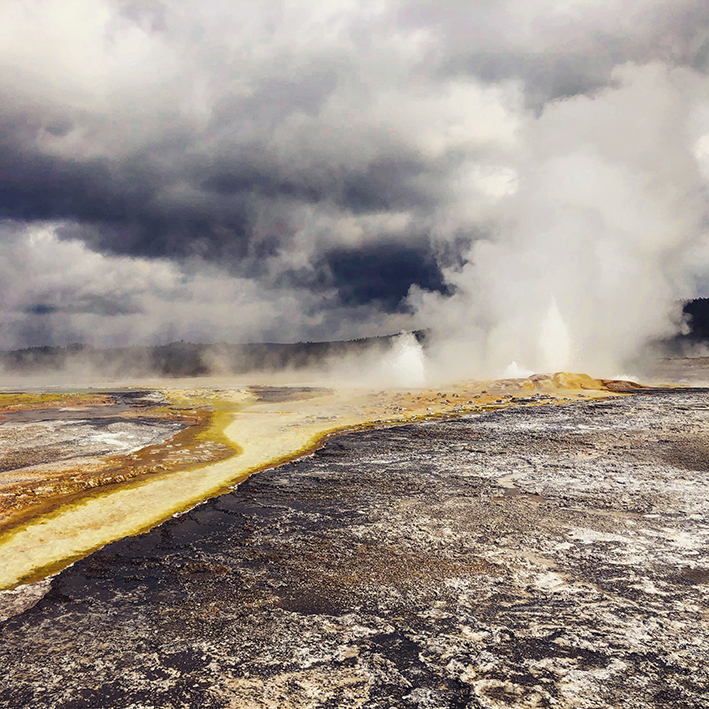
An eruption of this explosive volcano would impact the entire planet.
© P.H. Barry
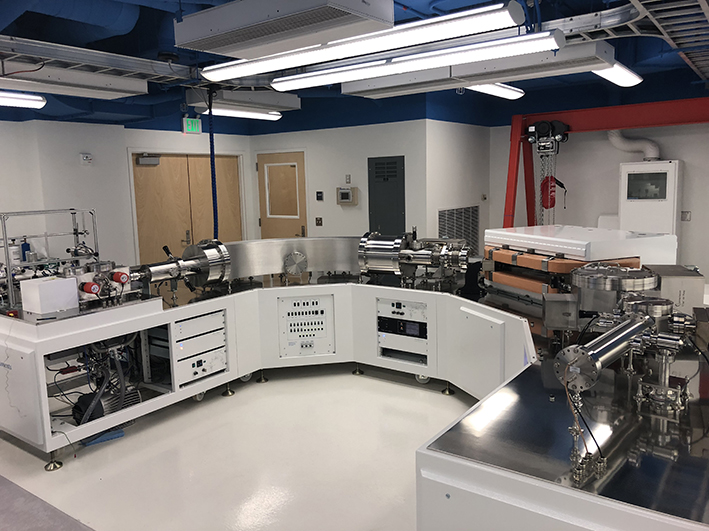
© Jabrane Labidi
- 1On both Venus and Mars, the atmosphere mainly consists of carbon dioxide.
- 2Previously at the University of California, Los Angeles (UCLA). As well as the Institut de Physique du Globe de Paris (CNRS/IPGP/IGN), in France the work also involved the Centre de Recherches Pétrographiques et Géochimiques (CNRS/Université de Lorraine).
- 3A chemical element can exist in several different forms called isotopes, which differ in their mass. For instance, molecular nitrogen exists in three different forms in nature: 14N14N, 14N15N and more rarely, 15N15N. The abundance of the latter enabled the researchers to tell whether the nitrogen originated in the mantle or in the atmosphere.
Hydrothermal 15N15N abundances constrain the origins of mantle nitrogen, J. Labidi, P.H. Barry, D.V. Bekaert, M.W. Broadley, B. Marty, T. Giunta, O. Warr, B. Sherwood Lollar, T.P. Fischer, G. Avice, A. Caracausi, C.J. Ballentine, S.A. Halldórsson, A. Stefánsson, M. D. Kurz, I.E. Kohl, E. D. Young. Nature, 16 April 2020. DOI: 10.1038/s41586-020-2173-4
